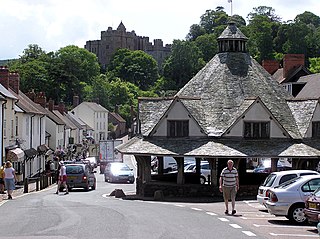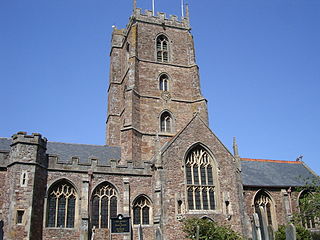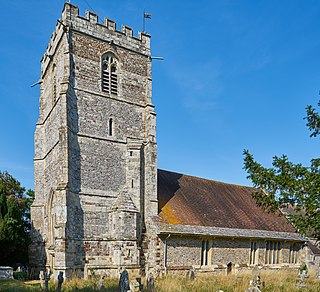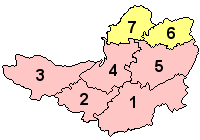Yenston Priory was a Benedictine priory in Henstridge, Somerset, England.

Henstridge is a village and civil parish in Somerset, England, situated 5 miles (8.0 km) east of Sherborne in the South Somerset district, near the border with Dorset. The parish includes the hamlet of Yenston. The village has a population of 1,814.

Somerset is a county in South West England which borders Gloucestershire and Bristol to the north, Wiltshire to the east, Dorset to the south-east and Devon to the south-west. It is bounded to the north and west by the Severn Estuary and the Bristol Channel, its coastline facing southeastern Wales. Its traditional border with Gloucestershire is the River Avon. Somerset's county town is Taunton.

England is a country that is part of the United Kingdom. It shares land borders with Wales to the west and Scotland to the north. The Irish Sea lies west of England and the Celtic Sea to the southwest. England is separated from continental Europe by the North Sea to the east and the English Channel to the south. The country covers five-eighths of the island of Great Britain, which lies in the North Atlantic, and includes over 100 smaller islands, such as the Isles of Scilly and the Isle of Wight.
It was a cell of the Abbey of Sever in Normandy, France. It was founded by Hugh d'Avranches, 1st Earl of Chester, who died around 1100 and was also known as Hugh Abrincus, [1] and Hugh Lupus. [2] In 1158 the abbey was confirmed by Pope Adrian IV. [3]

Normandy is the northwesternmost of the 18 regions of France, roughly referring to the historical Duchy of Normandy.

Pope Adrian IV, also known as Hadrian IV, was Pope from 4 December 1154 to his death in 1159.
Around 1468 it was granted to Eton College. The buildings had been demolished before 1450. [1] and later by Edward Seymour, 1st Duke of Somerset. [3] After the dissolution of the monasteries the land was held by Sir Thomas Bell. [1]
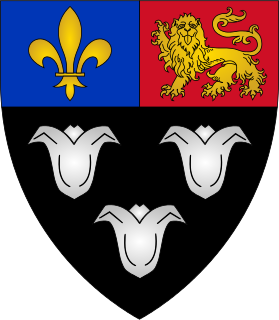
Eton College is a 13–18 independent boarding school and sixth form for boys in the parish of Eton, near Windsor in Berkshire, England. It was founded in 1440 by King Henry VI as Kynge's College of Our Ladye of Eton besyde Windesore , as a sister institution to King's College, Cambridge, making it the 18th-oldest Headmasters' and Headmistresses' Conference school. Eton's history and influence have made Eton one of the most prestigious schools in the world.

Edward Seymour, 1st Duke of Somerset, was Lord Protector of England during part of the Tudor period from 1547 until 1549 during the minority of his nephew, King Edward VI (1547–1553). Despite his popularity with the common people, his policies often angered the gentry and he was overthrown. He was the eldest brother of Queen Jane Seymour (d. 1537), the third wife of King Henry VIII.

Sir Thomas Bell the Elder (1486–1566) was a cap manufacturer, mayor of Gloucester, and member of Parliament. He was one of the city's largest employers and wealthiest citizens and a great benefactor of the city and its people. He is described in contemporaneous documents as a "capper". He invested much of his wealth in real estate released on the Dissolution of the Monasteries, sometimes in partnership with Richard Duke, of Otterton, Devon, Clerk of the Court of Augmentations.
Stone from the priory was used to build Monmouth House in the village, and traces of its buildings may remain in the outhouses. [4] There are also surface marks in surrounding fields, however these may not be from the building itself but from the excavation of stone. [5]
